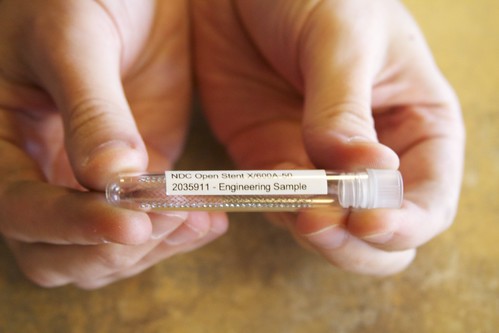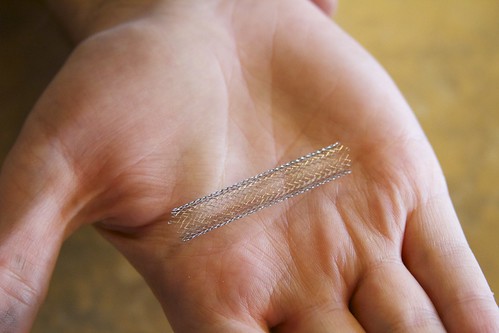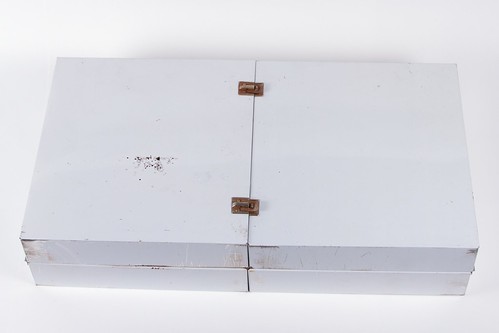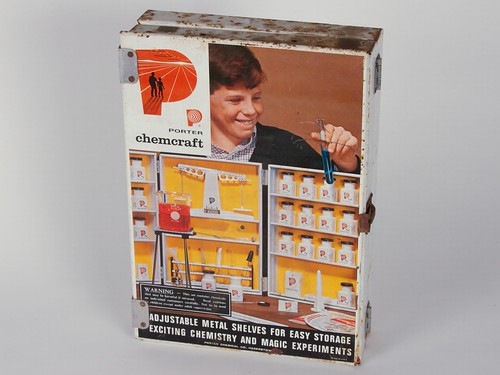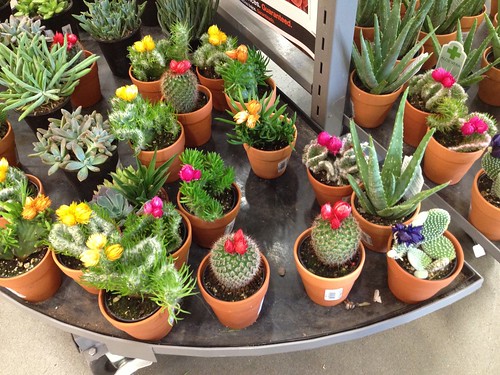
While walking through Home Depot on an unrelated mission, we happened to walk by a display of succulents, and were struck by the unusual blue color of some of the flowering cacti.

But on closer inspection, we could see what was really going on: the flowers on the top were attached… with glue. In fact, most of the flowers on the cacti and succulents were glued on. Some of them, like this winner here, even had globs of glue spilled down onto the spines of the cactus below.
This is a deceptive (yet sadly common) practice— and apparently many people do get fooled by it —as we found garden forum posts and warning articles about it, including here, here, here and here. This seems not so far away from buying a fruit tree at a nursery, only to find out (once you get it home) that the fruit was only glued to the tree.

It looks like they are trying to make the less showy cactuses compete with the brightly colored grafted ones that they sell, like the ones shown pictured here. (This may not be a naturally occurring configuration, but at least it is a real, living plant.)
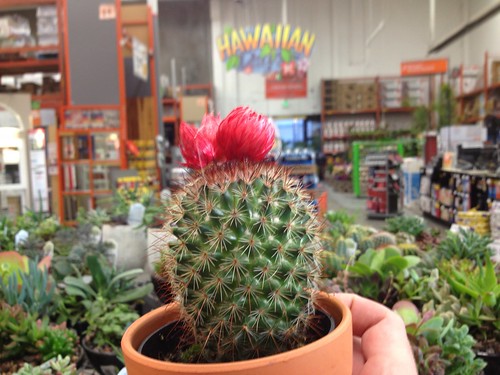
Strawflowers are used because they keep their color well after drying. They also open and close as the humidity changes and they absorb more water or dry out more, giving the illusion of being part of a living plant.
And if it’s not bad enough that the customer is being deceived about the nature of plant they are buying, the glue can often damage the plant below, especially during the removal process.







